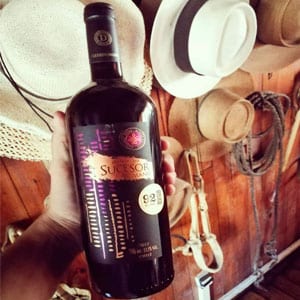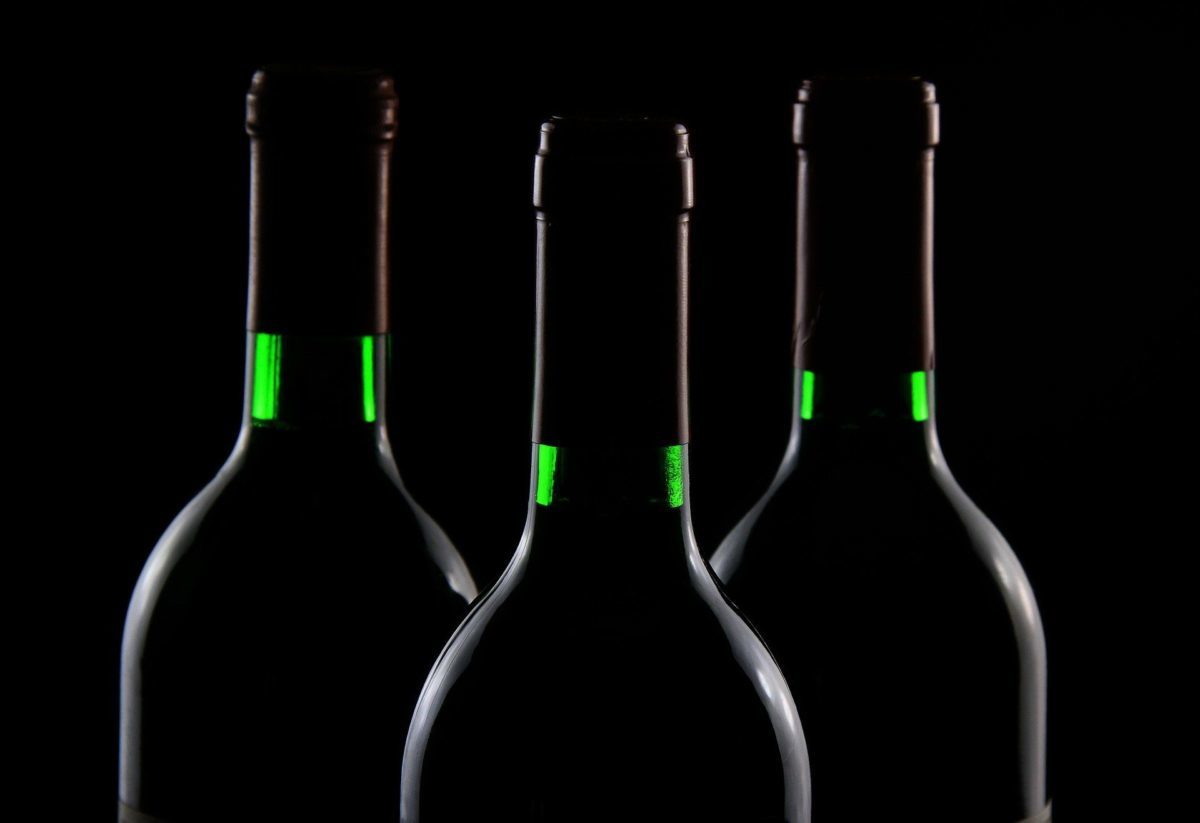
Write: Matías Domínguez. (Chile) winesdechile.com
Three or four strains are commonly enjoyed by a wine drinker. In many cases it remains in this line and there are others who dare to try new ones, something that is not strange in Chile. There is increasing variety.
This is how different vineyards have been rediscovering new strains. Those that were thought to have disappeared and yet have achieved great notoriety. That is the case of Romano or Cesar Noir.
The well-known national journalist, Álvaro Tello, investigated its origin and history. “Initially it is usually presented as a strain introduced to France by the Roman legions. The latest genetic studies confirm that it is a strain whose origin is in the Yonne, in northwestern Burgundy.
It has been the silent companion of Pinot Noir in three appellations of origin, and in Chile, it did the same with the great and historic Chilean wines. We find the "Burgundy Type" or "Bordoles Type" that proliferated in the seventeenth and eighteenth centuries ".
In the Maule Valley, 250 km south of Santiago, is Casa Donoso. One of the traditional vineyards of this valley, which has vineyards with more than 80 years located in the heart of it, producing category wines and now a pioneer in the experimentation of Cesar Noir, as this strain is known in the Old World.
Varieties such as Carménère and Romano have been found in the Maule Valley
It is believed that this variety arrived in Chile between the 1930s and 1940s. Already in 1998, in the heart of the Maule Valley, in the La Oriental Estate, owned by Viña Casa Donoso. While the prominent French ampelographer Jean Michel Boursiquot was separating the Carménère from the Merlot. In all this he discovered that in the middle of Cabernet Sauvignon, Malbec and Pais barracks, there was the Romano variety, beginning his identification.
In this way, Sucesor Romano was born in 2015, which in its 2017 version is a wine that stands out for its creativity and daring. This delicious specimen is made up of 85% Cesar Noir and 15% Carignan, where 40% of its mixture spends 6 months in Spanish amphorae.
It has a deep and intense red color, with a great aromatic expression, revealing hints of wild blackberry and fine spices. In the mouth, it has firm but elegant tannins, possessing a rich juiciness, good structure and

After a walk through the terroir, we were able to taste this great wine, accompanied by grilled meats.
Continuing in the Maule Valley, there are wines with a marked seal. Due to their processes, they are a true reflection of the origin in which they are produced and stand out from those rather traditional ones that, on the other corner, tend to present a rather homogeneous offer.
Carignan a variety with its own personality
And if we talk about wines with personality, there is one that stands out particularly. Carignan, considered one of the most traditional strains of the Chilean countryside, It occurs almost exclusively in the Maule Region.
If the criticism of Chilean wines had been their homogenization, carignan became the slap back; a mask with a designation of origin.
For many years it was the most widely planted red strain in the world. That, until in the nineties it was uprooted from the vineyards of southern France to replace it with more productive and easy-to-sell varieties. In Chile, on the contrary, all the energy is in preserving it, in recovering this dormant strain.
In treating her with love. Floral aromas, light textures and strong tannins stand out in many of its specimens, which seem to seduce some and shake others.
With this material, it is difficult not to think about its evolution. Due to its genetic architecture, of many tannins, high acidity and low pH, it is also a red that supports storage very well. What's more, it not only supports it well, but it evolves slowly and surprisingly. As a winemaker in charge of its preparation says: "He is a knight errant in iron armor, with a lot of mettle".
An ideal product for accompaniments
And he is right. In addition to its attributes, it is an excellent variety to accompany a gastronomy of similar characteristics; We tasted a pairing with soft hard cheeses with several months of aging, followed by a great variety of game meats, some coarser and chúcaras -such as wild boar-, as well as smoked sausages and giblets, such as sweetbreads, which they received a bath of smoke and fire. As an old country tradition, we tried a tasty rabbit cooking.
The invitation is clearly to try these new varieties from the booming Chilean wine sector, which is gaining more and more followers around the world.






